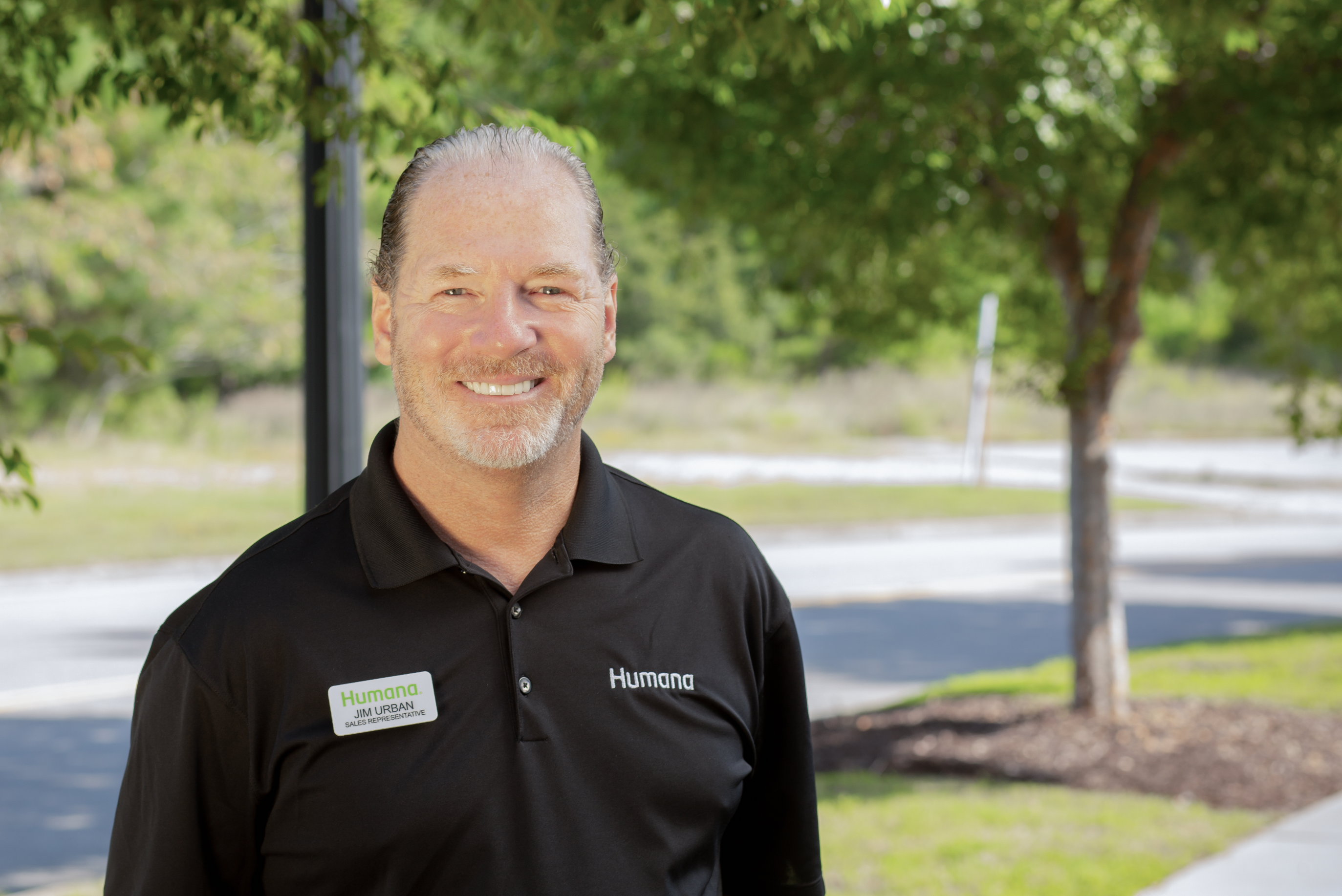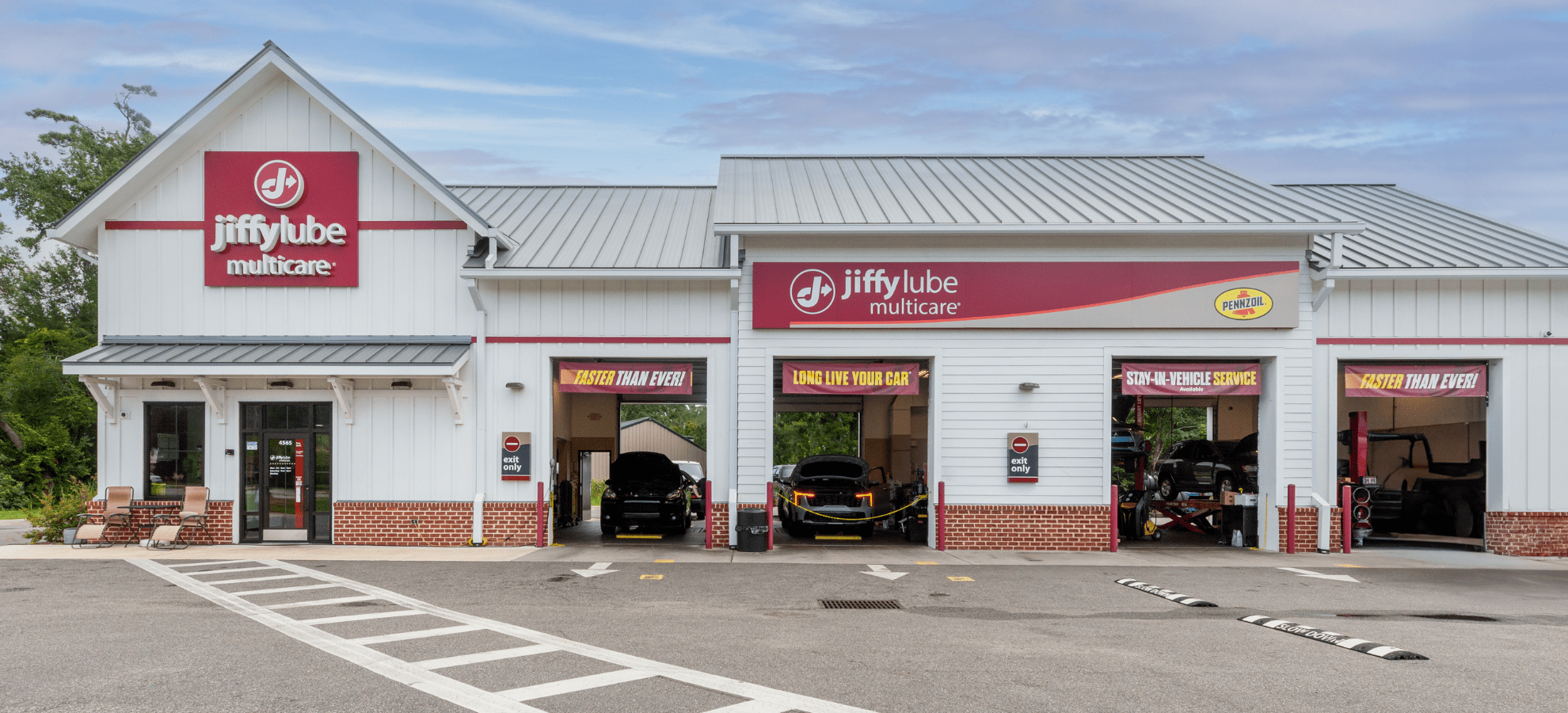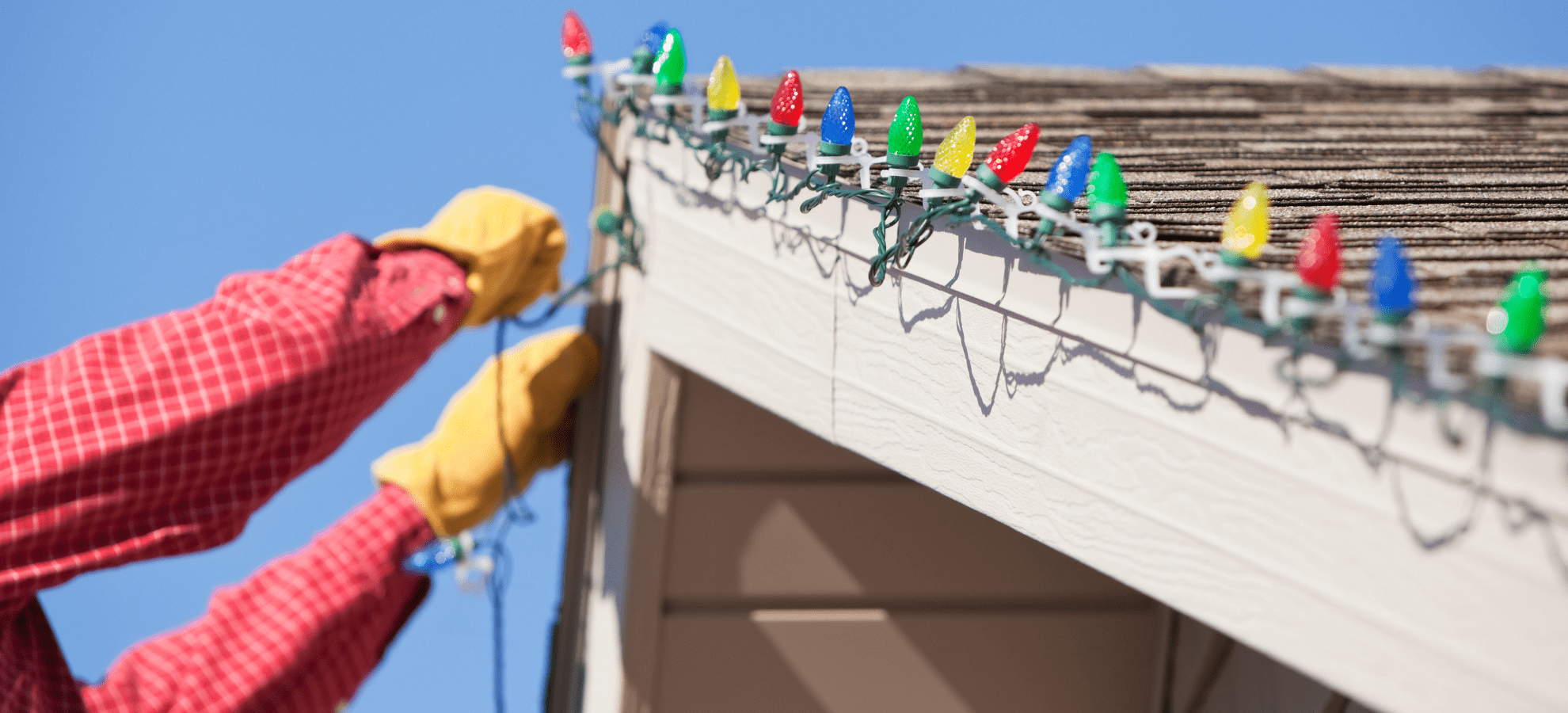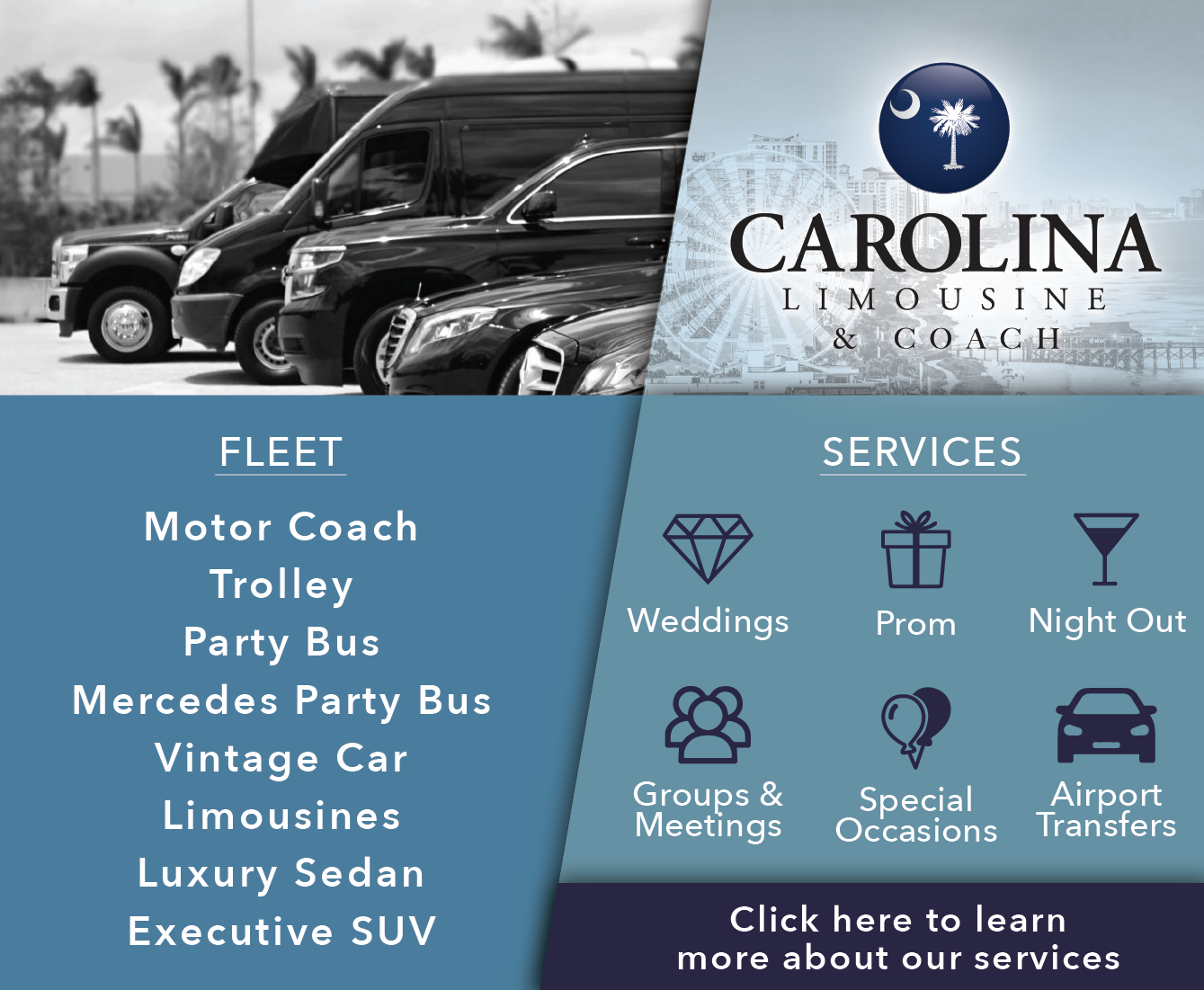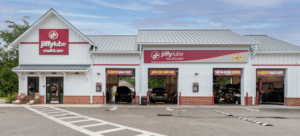Two Veterans, Two Generations, One Bond— Jim Urban & Larry Keathley Tell Their Story
Celebrate Our Veteran gives voice to the stories of the U.S. military veterans living amongst us. The actions of these brave and dedicated people, who have served our country both in active military duty as well as administrative positions, have and continue to contribute to the protection and preservation of us and our country.
We hope that this section of our paper is an opportunity for our community to hear and see veterans with new eyes, and for veterans to receive recognition and honor for their experiences and life journeys.
This month’s Celebrate Our Veteran is a continuation of last month’s story of Jim Urban as told in his own words, as well as the story of veteran Larry Keathley. Click here for Part 1 of Jim Urban’s story.
by Melissa LaScaleia
“I was honorably discharged from the Army at age twenty-seven after serving nine years. When I first left the military I was looking for a career. It wasn’t until I joined Humana, a health care company that offers Medicare Advantage products, that I found a way to connect to so many of the seniors in our community who are also veterans.
Humana offers health and wellness services that incorporate an integrated approach to lifelong well-being. The company encourages us to engage seniors so we can best serve their needs, and that’s how I found myself being a part of Honor Flight.
Honor Flight is a non-profit organization dedicated to honoring those who served our country by transporting veterans, at no cost to them, to Washington, D.C. to visit memorials built in their honor.
It was my privilege to have Humana sponsor me to go on one of the flights transporting WWII veterans and assist them on the trip. I’m proud that working for Humana offered me the opportunity to be able to help these veterans who truly are part of America’s greatest generation.
When we flew back to Myrtle Beach, we couldn’t get through the airport there were so many people there celebrating the return of the WWII veterans — from bands to news crews. There were fire engines spraying water cannons in a welcome arch as our plane landed. It was just incredible to be a part of that.
I feel like I want to give Humana credit because they’ve created an opportunity, a vehicle for these connections. I’ve never been told no by Humana when I want to help the veterans we serve.
I’m down the street from the vet center, and I can help some of the people there. As a fellow veteran looking up to older veterans, I just want to go the extra mile to do anything I can to be of service to them.
I love my job because I have an opportunity to serve this demographic that I feel so much gratitude and admiration for.
Most recently I met Larry Keathley through Humana. Larry is a 95-year-old WWII and U.S. Army veteran. I’ve always told him to call me if he needs anything. He’s not shy about calling. I would never miss his call. When we talk, it’s like being with an old friend.
Within Humana we have a program called GO365— an opportunity for our members to get healthy and stay healthy. Larry inspires me so much; one day he called asking me for more information about the program because he wanted to take advantage of all it had to offer. They don’t make them like him anymore.”
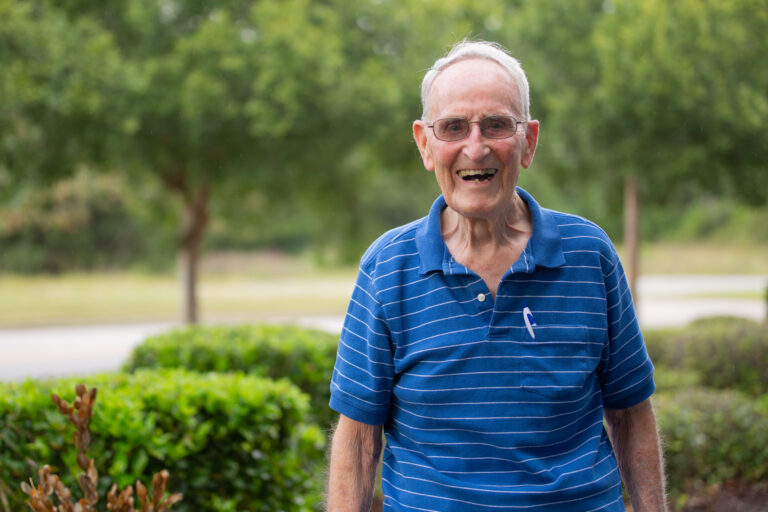
Larry Keathley, WWII Army Veteran
Larry shares his story:
“I was born on December 30, 1924, in Hydeville, Kentucky. I volunteered for the draft in 1943. I went into the U.S. Army the day after I graduated from high school. I went down for my physical, I was sworn in before I graduated, and they took us to a center in Kentucky, in Fort Thomas, and assigned us from there.
“When I first went in, I was in Louisville; I joined the medics. At first I was a medical assistant to the doctor. I went to dental school in Springfield, Missouri in 1943. They taught me how to do emergency dentistry out in the field and assist with procedures. I stayed in there for a little over a year and a half.
“After the famous Battle of the Bulge, they started taking service troops into other branches of the military. I ended up in Fort Lewis and went through basic training there. We had to go through another basic training; just before Christmas in ’44, I went to Camp Blanding, Florida; then I was in the infantry. It lasted until June of 1945. At that time, the war in Europe was over. So I went to an assignment center in Maryland and they sent us to Fort Ord in California. I thought I was going to go to Europe, but no.
“We left from San Francisco. They gave us winter clothing; we didn’t know where we were going. We thought maybe northern Japan. We got off in the Marshall Islands. They zig-zagged us around for thirty-one days. By the time we got to Manilla, the Japanese had surrendered, so they took us to another depot in the North Philippines.
“I was reassigned to another medical unit in Manilla. They took the Manilla jockey club and made it a hospital. I used to jog around the sandy track. We had a basketball team and we played the 7th fleet while I was over there— Navy guys. I acted as a guard on sentry duty while we were there.
“I did see my brother while I was over there. He was on Leyte Island when he contracted Dengue fever. His outfit went to Korea but he had to stay behind, and they brought him to the hospital at Manila. After he got out, he couldn’t stand civilian life, so he went back in for another 20 years, then later in life went to Washington, D.C. as a computer programmer.
“I was in the military for thirty-four months. Most of the guys went into the occupation forces in Japan. We were just lucky that the U.S. dropped the bomb while we were going over. I was only overseas about 8 months.
“The USS Arenac was the name of the ship I came back on; it had a grand staircase on it. I got out in March, 1946 and was discharged at Camp Atterbury in Indianapolis, Indiana.
“I went to school on the GI Bill. I played basketball at a two-year college, and then later I got a B.A. at Western Kentucky College; later they made it a university. I worked almost thirty-four years for Chrysler. I lived in Detroit, then Toledo, Ohio. I was a traffic manager, handling the incoming automobile shipment parts. Then I moved to Delaware.
“In the days when I was in the military, everybody was gung-ho to get into action. I was always glad to go in. I was a little disappointed I was in the medics. I was glad to go overseas. I thought I was going to Europe. If the U.S. hadn’t dropped the A-bomb, we would have gone to Japan for sure. At least I got to see part of the world. I went across the equator and they gave us a paper of recognition for crossing it.
“My wife passed away in 2002. I stayed in Delaware until 2006. My daughter had moved to Myrtle Beach, and talked me into moving down with her. So I live with her now.
“Jim signed me up for Humana, and he’s a Kentuckian also. I call him when I need something and he’ll always call me back and keep me informed. I’ve been happy to have him around.”




